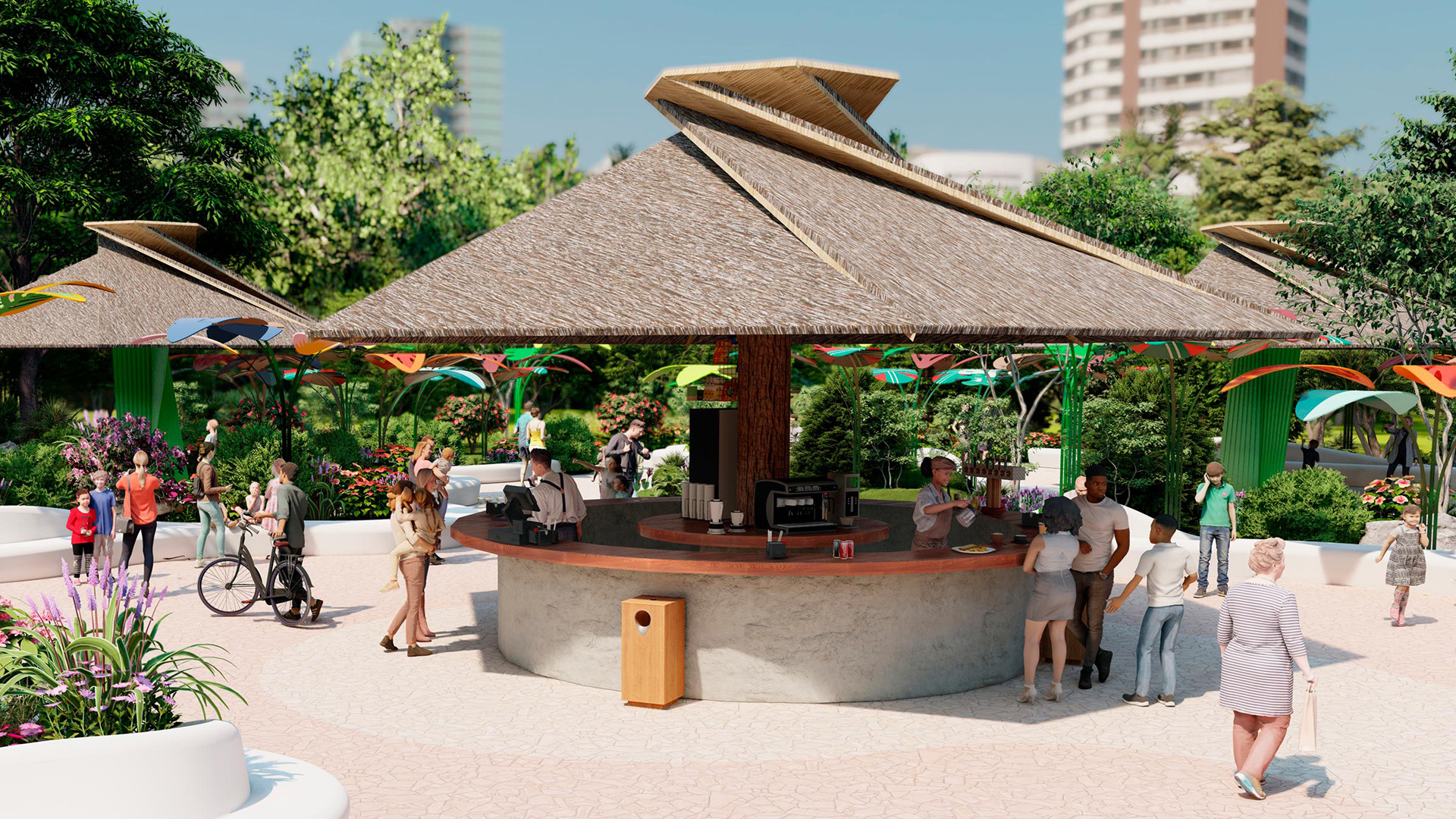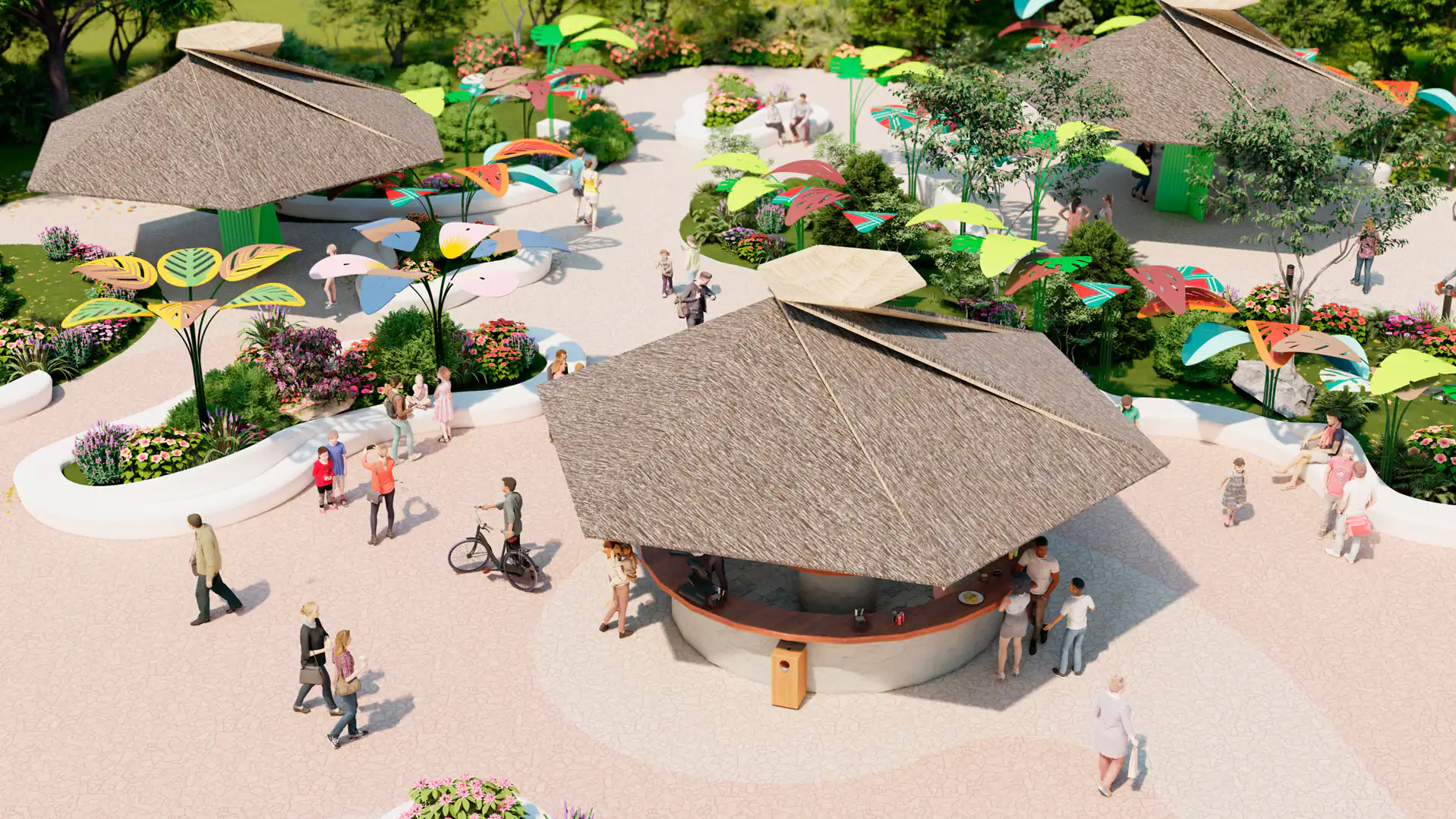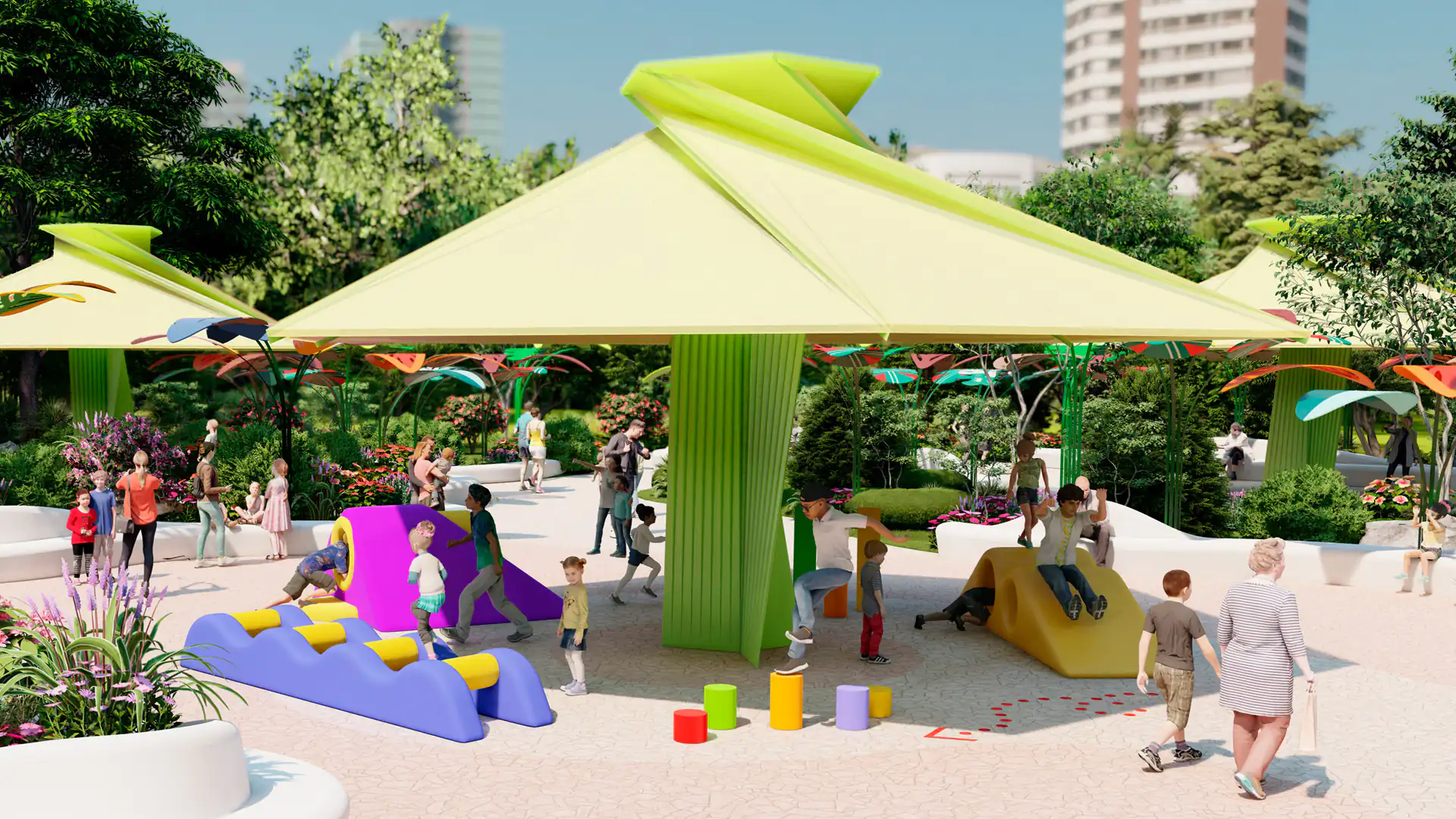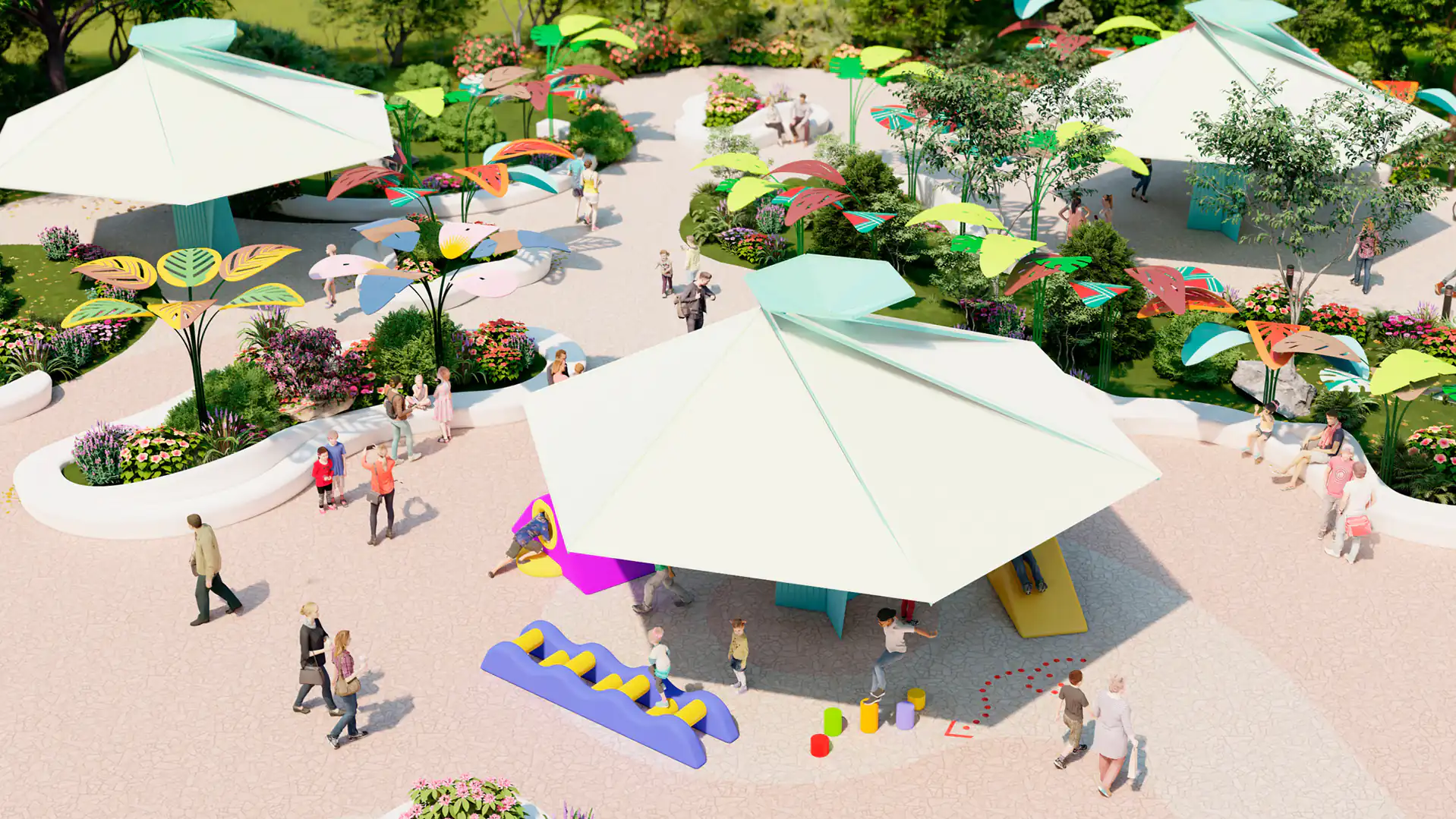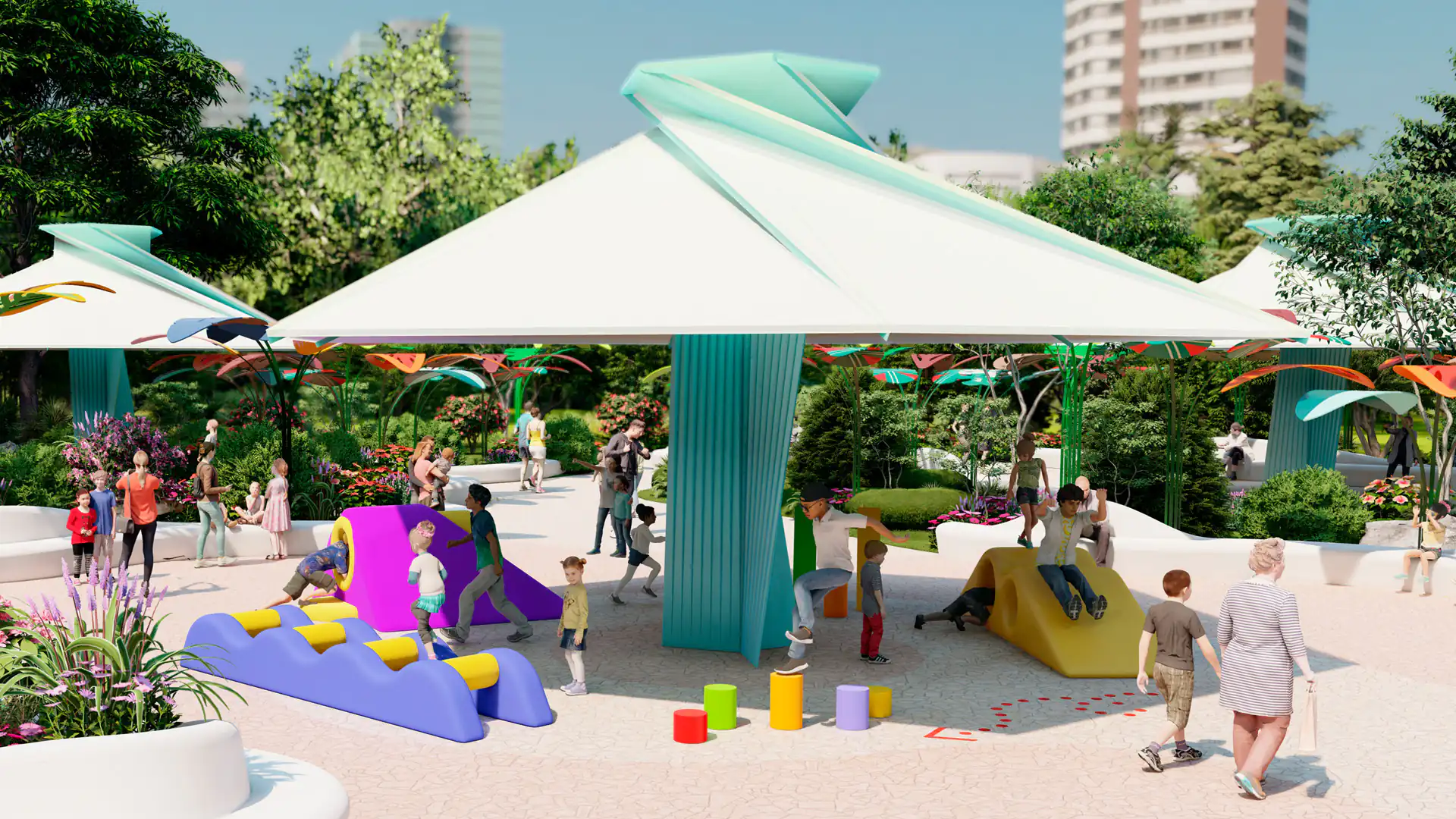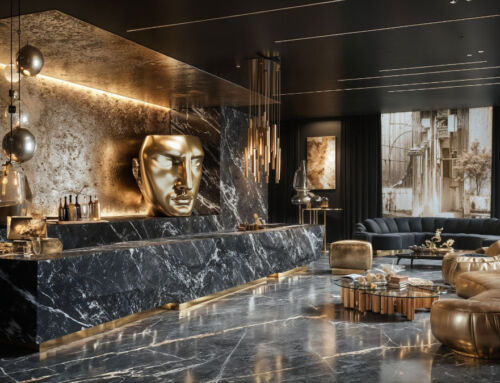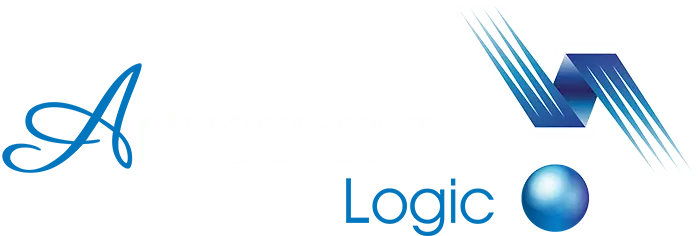Amusement Logic presents a formal study for the covers of kiosks and other small spaces. The new design is based on the principles of origami, or paper folding.
According to the example presented here, the new cover is formed from a geometry of hexagons and trapezoids. The six sides of the hexagon at the top give the trapezoids their inner sides, whilst the six sides of the larger hexagon, at the bottom, give them their outer sides. This geometry of trapezoids and hexagons forms, after a kind of spiral rotation, a series of triangular folds or tessellations on the cover. However, the number of trapezoids depends on the number of sides of the regular polygon that we wish to obtain.
The design of these roofs allows them to be used for multiple purposes, whether on kiosks, at customer-service points, or as a shade system in recreational and/or urban spaces. For each of the multiple uses, the roofs can be made with a wide variety of finishes.
By Guillermo Ferrer, senior architect in Amusement Logic’s Architecture Department


